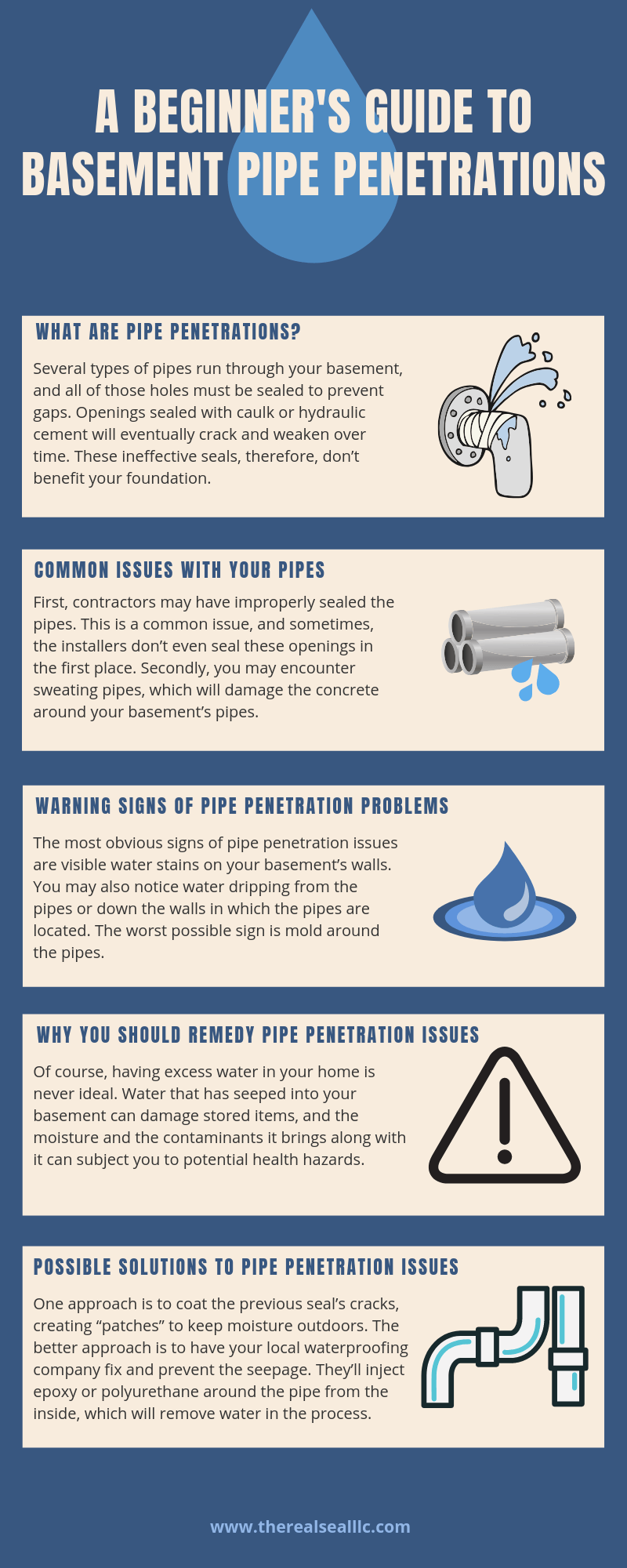High levels of humidity inside the home cause moisture to condense on the walls and sometimes the windows as well.
Sweating concrete walls.
You can run a de humidifier to try and reduce the moisture in the air.
The worst part is that the moisture was not from the air but from the walls themselves this would get worse after a shower of rain as the moisture would seep out the walls.
As mentioned above condensation forms when moisture from the warm air lands on the cold concrete.
This is not actually a problem with the construction however but an issue that can often be controlled or eliminated by changing the upkeep of the area and in some cases the controlled climate conditions.
If you have ever noticed that the inside walls of your home are wet and actually appear to be sweating you probably have an issue with high humidity.
Moisture as you would guess is the underlying cause of sweating on concrete floor slabs.
This usually happens when concrete slabs and the other materials that sweat reach dew point temperature.
If you re not sure of the cause of a damp patch on a wall try the foil test.
The exposed concrete in most unfinished basements can experience condensation which people often mistake for water seeping through the walls.
Once that warm air cools the moisture it holds is released showing up as the water droplets you see on the.
Continue reading to learn how to stop concrete sweating.
After a humid night water vapor in the air will come into contact with the cooler concrete floor and will condense into morning dew.
The concrete walls in the house would get so wet that you could see the moisture on the walls.
Sweating commonly occurs in basements due to the poured concrete or block walls used to build them.
Basically everything can experience sweating slab syndrome after cooling down during hot or humid temperatures.
Dry the wall surface with a fan heater then tape some kitchen foil tightly over the affected.
It would stream down the walls and make the house very humid and damp.
There are a few things you can do to try and reduce concrete sweating and protect concrete against the damage and deterioration caused by the absorption of the condensation.
The water comes from introducing warm moist air to the earth cooled surface of the concrete.
Sweating makes concrete slippery and dangerous.
This material allows water to travel through it from the soil or air outside the wall says.
In this article we study the phenomenon of.
Walls can appear to sweat from too much humidity inside your home.

